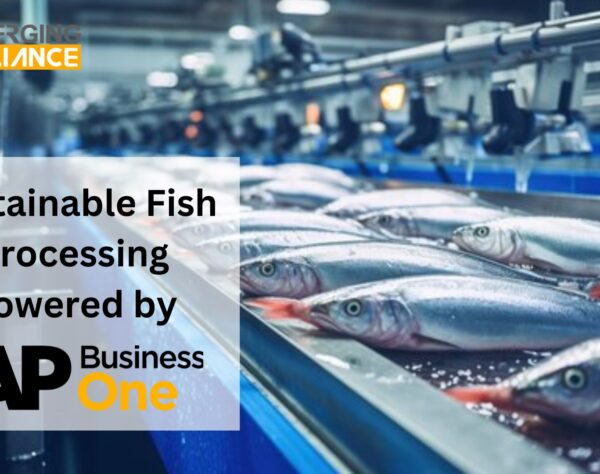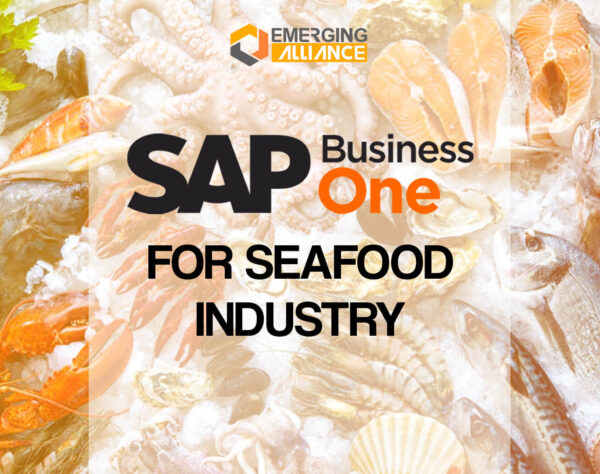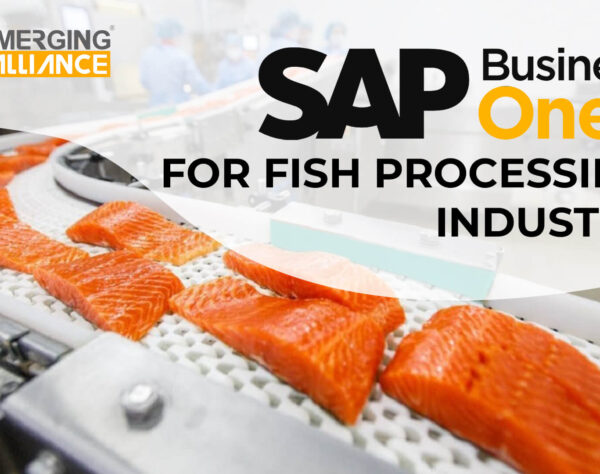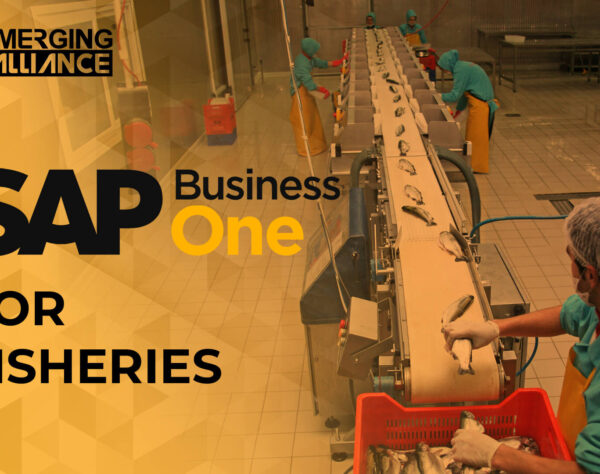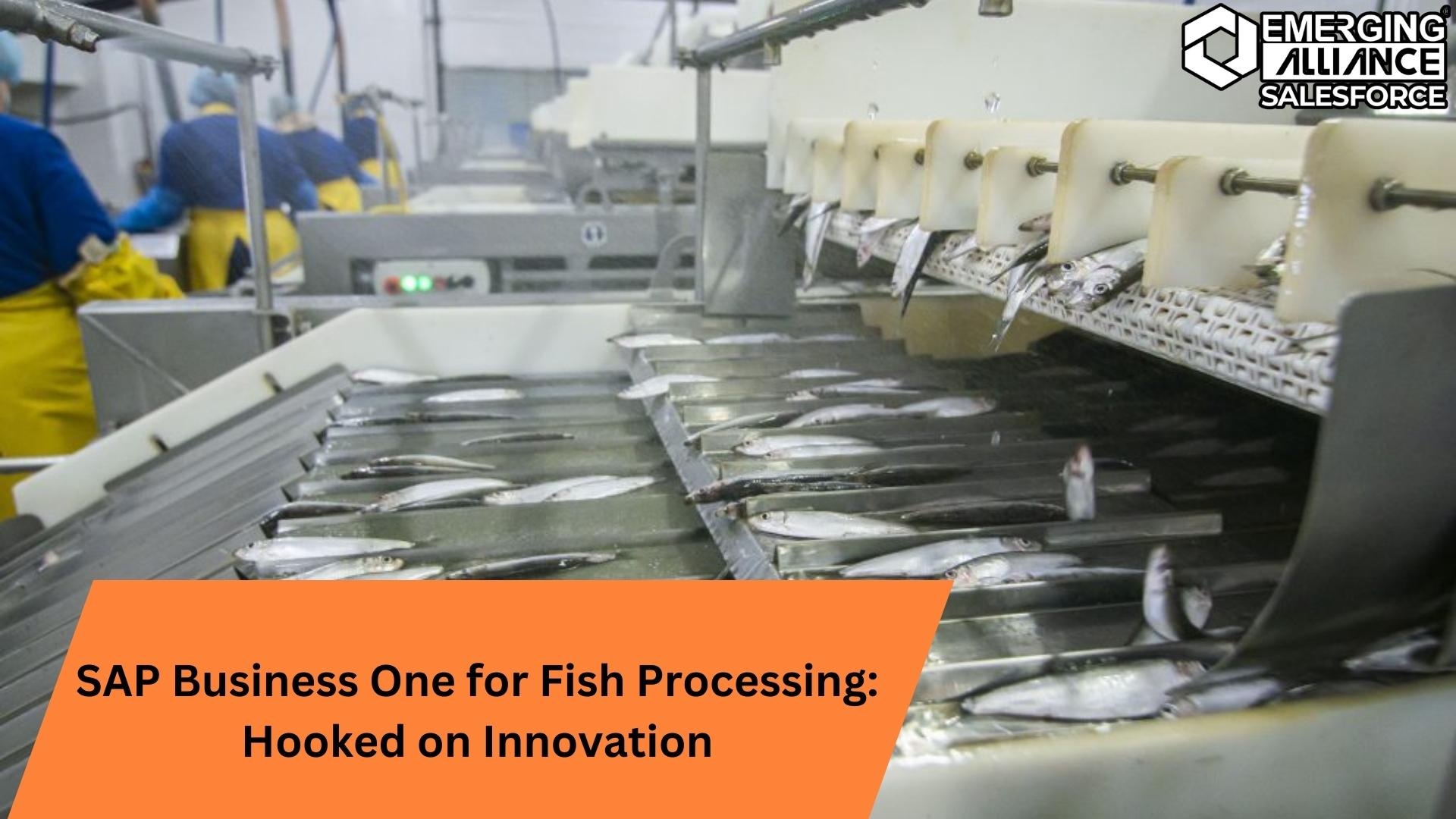
SAP Business One for Fish Processing: Hooked on Innovation
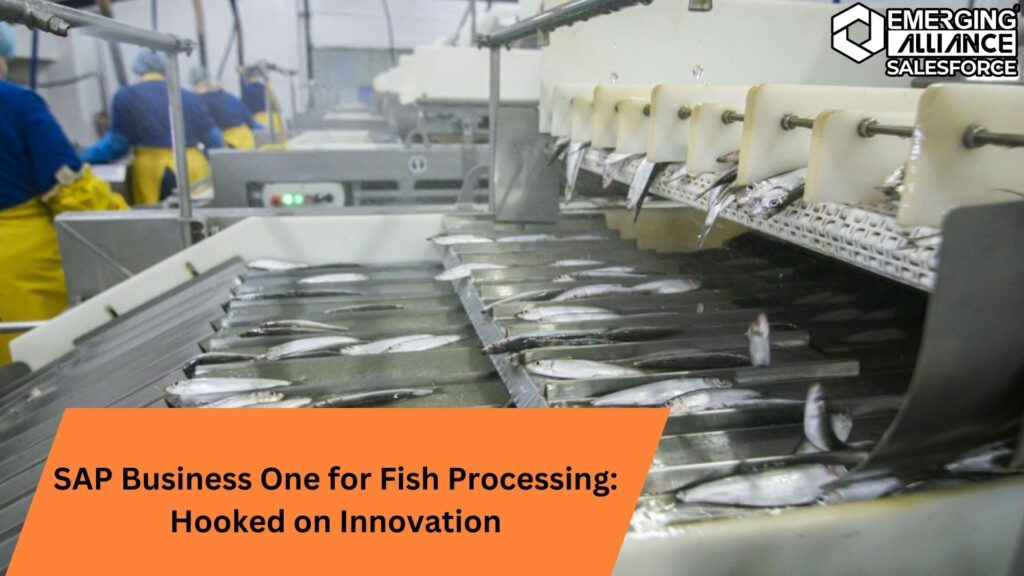
Hook, Scale, and Succeed: SAP Business One in Fish Processing
The fish processing industry is evolving rapidly, requiring efficient ERP solutions to manage operations, maintain quality standards, and ensure compliance. SAP Business One is a game-changer, helping fish processors streamline production, optimize inventory, and enhance supply chain visibility.
In this blog, we explore how SAP Business One transforms fish processing businesses, making them more agile, cost-effective, and competitive.
Why the Fish Processing Industry Needs SAP B1
The fish processing industry faces unique challenges, including:
✅ Perishable inventory management
✅ Compliance with food safety regulations
✅ Cost control and waste reduction
✅ Real-time supply chain tracking
✅ Multi-location cold storage monitoring
SAP B1 addresses these challenges with automation, data-driven insights, and seamless process integration, ensuring a smarter, more efficient approach to fish processing.
How SAP B1 Optimizes Fish Processing
1. Real-Time Inventory Control
Managing perishable goods requires precise inventory tracking. SAP B1 provides real-time stock visibility, preventing overstocking or spoilage in fish processing plants. Businesses can monitor stock levels, expiration dates, and storage conditions to ensure minimal waste and maximum efficiency.
2. Automated Compliance & Quality Control
Ensuring regulatory compliance is crucial in the fish processing industry. SAP Business One automates compliance tracking, ensuring adherence to HACCP, FDA, and EU regulations. Built-in quality control features allow businesses to track production batches, conduct inspections, and generate compliance reports seamlessly.
3. Streamlined Production Planning
Seasonal demand and fluctuating fish supply require dynamic production planning. SAP Business One enables forecasting tools, helping businesses adjust production schedules accordingly. It provides real-time insights into raw material availability, labor allocation, and production timelines to enhance operational efficiency.
4. Supply Chain & Logistics Efficiency
From catch to consumer, tracking shipments and managing cold-chain logistics is simplified with SAP Business One, reducing transit delays and ensuring product freshness. The system enables businesses to optimize routes, track deliveries in real time, and ensure regulatory compliance across supply chains.
5. Cost Reduction & Waste Minimization
SAP Business One helps fish processors track production costs, manage labor expenses, and reduce waste with predictive analytics and batch management. By analyzing data trends, businesses can identify inefficiencies, implement cost-saving strategies, and improve overall profitability.
6. Sustainable Fisheries & Traceability
Consumers are increasingly demanding transparency in food sourcing. SAP Business One facilitates end-to-end traceability, allowing businesses to track fish from the point of catch to the final consumer. This level of transparency enhances brand reputation, ensures compliance with sustainability initiatives, and meets consumer expectations.
7. Automated Procurement & Supplier Management
SAP Business One simplifies procurement by automating purchase orders, tracking supplier performance, and managing vendor relationships. This ensures that fish processors receive high-quality raw materials on time while negotiating better pricing and contract terms.
8. Financial Management & Cost Analysis
Managing cash flow, budgeting, and financial forecasting are critical aspects of running a successful fish processing business. SAP Business One integrates financial management tools, allowing businesses to monitor expenses, analyze profitability, and make data-driven financial decisions.
9. Integration with IoT & Smart Sensors
Advanced fish processing facilities can integrate SAP Business One with IoT-enabled sensors to monitor cold storage temperatures, detect spoilage risks, and automate alerts. This ensures that fish products remain in optimal conditions throughout the supply chain.
10. Improved Workforce Management
Labor-intensive industries like fish processing require effective workforce management. SAP Business One helps businesses optimize employee scheduling, track labor costs, and streamline payroll processing, ensuring better productivity and cost control.
FAQs
1. How does SAP Business One improve traceability in the fish processing industry?
SAP Business One provides end-to-end batch tracking, ensuring transparency from fishing vessels to retailers, reducing risks, and improving food safety compliance.
2. Can SAP Business One help fish processing businesses manage multiple cold storage facilities?
Yes! SAP Business One enables multi-location inventory tracking, ensuring seamless temperature control and preventing spoilage.
3. How does SAP Business One optimize packaging and labeling for fish exports?
SAP Business One automates packaging processes, barcode labeling, and compliance checks, ensuring fish products meet international export standards.
4. Can SAP Business One integrate with seafood distribution and third-party logistics (3PL)?
Yes! SAP Business One seamlessly integrates with 3PL logistics, streamlining seafood transportation and cold-chain management.
5. How does SAP Business One help in forecasting seasonal demand in fish processing?
SAP Business One provides demand forecasting tools using historical data and market trends, helping businesses adjust production accordingly.
6. Is SAP Business One suitable for small and medium-sized fish processing businesses?
Absolutely! SAP B1 is scalable and cost-effective, making it ideal for SMEs and large fish processing plants alike.
7. How does SAP Business One reduce fish processing waste and improve sustainability?
SAP Business One tracks raw material usage, monitors production efficiency, and helps minimize excess waste, supporting sustainability goals.
8. Can SAP Business One improve financial reporting in fish processing businesses?
Yes! SAP Business One automates cost analysis, profit tracking, and invoicing, ensuring accurate financial reporting.
9. How does SAP Business One support HACCP and food safety compliance in fish processing?
SAP Business One helps businesses implement HACCP guidelines, maintain quality logs, and generate automated compliance reports.
10. Can SAP Business One integrate with IoT devices for real-time temperature monitoring in fish storage?
Yes! SAP B1 integrates with IoT-based temperature sensors, ensuring consistent cold storage conditions for fish processing.
The fish processing industry requires robust, automated ERP solutions to stay competitive in a rapidly evolving market. SAP Business One offers real-time tracking, cost control, compliance automation, and enhanced supply chain management, making it the perfect fit for businesses looking to scale efficiently.
Looking to transform your business with SAP Business One? Contact us today! 🚀




